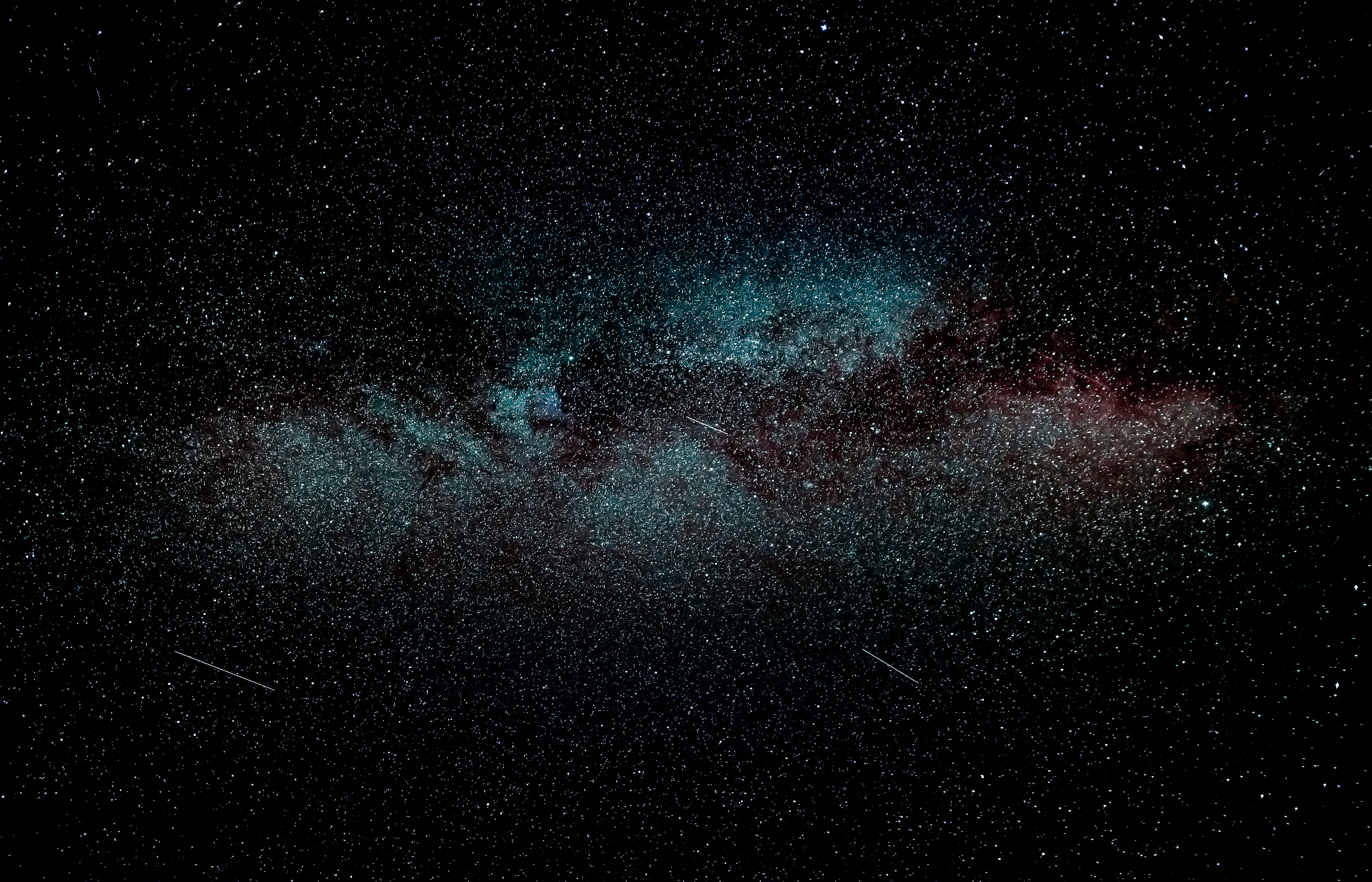The Independent's journalism is supported by our readers. When you purchase through links on our site, we may earn commission.
Nearby alien planets could be far more varied and unlike Earth than we realised, scientists say

Your support helps us to tell the story
From reproductive rights to climate change to Big Tech, The Independent is on the ground when the story is developing. Whether it's investigating the financials of Elon Musk's pro-Trump PAC or producing our latest documentary, 'The A Word', which shines a light on the American women fighting for reproductive rights, we know how important it is to parse out the facts from the messaging.
At such a critical moment in US history, we need reporters on the ground. Your donation allows us to keep sending journalists to speak to both sides of the story.
The Independent is trusted by Americans across the entire political spectrum. And unlike many other quality news outlets, we choose not to lock Americans out of our reporting and analysis with paywalls. We believe quality journalism should be available to everyone, paid for by those who can afford it.
Your support makes all the difference.Nearby exoplanets might be far more varied, and unlike Earth, than we had previously realised, according to scientists.
Some exoplanets might look markedly unlike anything not just on our planet but in our solar system, the researchers say.
When a star like our own Sun has used up its energy, it swells up to become a red giant and then shrink down again into a white dwarf. As it does so, it grabs nearby exoplanets, polluting the white dwarf with the rocky material it took from exoplanets.
In a new paper, published in the journal Nature Communications, researchers looked at the atmosphere of 23 of those nearby white dwarfs. They were able to explore the kinds of materials that were found in the stars.
Some had lots of calcium, but all had very little silicon, and high amounts of magnesium and iron. The authors suggest that those findings likely reflect the compositions of the exoplanets around those stars, before they were swallowed up.
When they compared those compositions with those of our Earth and other terrestrial planets in our solar system, they were vastly different.
As such, those exoplanets and the stellar systems that are their home could have a much wider variety of differently composed planets, made out of different kinds of rocks, than we had previously realised, the scientists say.
Researchers hope to examine why those other planets might be so different to our Earth, as well as looking at whether those differences happen by accident or are an inevitable result of the way that stars and planets form.
An article describing the research, ‘Polluted white dwarfs reveal exotic mantle rock types on exoplanets in our solar neighborhood’, is published in Nature Communications today.
Join our commenting forum
Join thought-provoking conversations, follow other Independent readers and see their replies
Comments